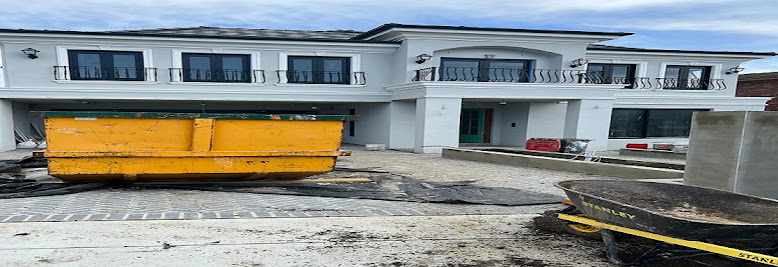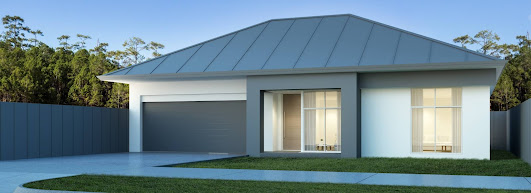Common Mistakes to Avoid When Applying Granosite Render
Granosite render, a type of textured coating, is commonly used
in exterior wall finishes to achieve a decorative and durable surface. However,
applying Granosite Rendering requires attention to detail and proper technique to ensure a
successful result. Here are some common mistakes to avoid when applying
Granosite render:
1.
Inadequate Surface Preparation: One of the most common mistakes is failing to properly prepare
the substrate before applying Granosite render. Ensure that the surface is
clean, dry, and free of dust, dirt, grease, and loose particles. Repair any
cracks, holes, or imperfections in the substrate and allow them to dry
completely before applying the render.
2.
Incorrect Mixing Ratio: Mixing the Polystyrene Rendering Sydney material according to the manufacturer's instructions is
crucial for achieving the desired consistency and performance. Use the correct
mixing ratio of render powder to water and mix thoroughly to ensure a smooth
and uniform texture. Avoid adding too much water, as this can weaken the render
and cause it to crack or delaminate.
3.
Poor Application Technique: Proper application technique is essential for achieving a
uniform and aesthetically pleasing finish with Granosite render. Use a trowel
or spray gun to apply the render evenly to the substrate, working in small
sections to prevent drying or setting before the surface can be textured. Pay
attention to the direction of application and maintain a consistent thickness
throughout.
4.
Overworking the Surface: Avoid overworking the surface of the Granosite render once it
has been applied, as this can cause the texture to become uneven or distorted.
Use light, even strokes to texture the surface while the render is still wet,
and avoid excessive pressure or manipulation that can disrupt the texture
pattern.
5.
Failure to Allow Sufficient
Drying Time: Granosite render requires
adequate drying time to cure and harden properly before applying any additional
coats or finishes. Allow the render to dry according to the manufacturer's
recommendations, taking into account factors such as temperature, humidity, and
airflow. Rushing the drying process can lead to premature failure and
compromise the durability of the finish.
6.
Lack of Protective Measures: Failure to protect the freshly applied Granosite render from
environmental factors such as rain, wind, and sunlight can result in damage or
discoloration. Cover the surface with plastic sheeting or protective coatings
if inclement weather is expected, and avoid exposing the render to direct
sunlight during the curing process.
7.
Skipping Primer or Sealer: Applying a primer or sealer before applying Granosite render
can improve adhesion, durability, and color consistency. Skipping this step can
result in poor adhesion and color variation, especially on porous or uneven
substrates. Use a suitable primer or sealer recommended by the manufacturer to
ensure compatibility with the render system.
8.
Ignoring Safety Precautions: Always follow safety precautions when working with Granosite
render, including wearing appropriate personal protective equipment such as
gloves, safety glasses, and respiratory protection. Avoid inhalation of dust
particles and exposure to skin or eyes, and work in a well-ventilated area to
minimize fumes and airborne contaminants.
By avoiding these common mistakes and following best
practices for surface preparation, mixing, application technique, drying time,
and safety precautions, you can achieve a high-quality and durable finish when
applying Granosite render to exterior walls. If you're unsure about any aspect
of the application process, consult with a professional installer or contact
the manufacturer for guidance and support.



Comments
Post a Comment